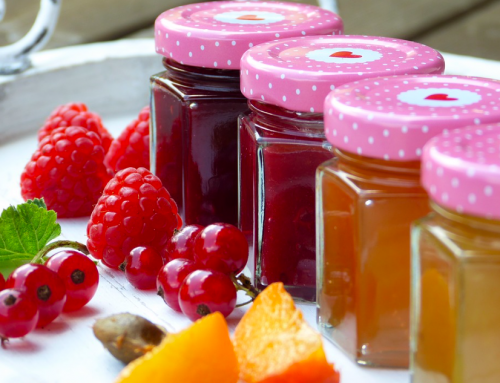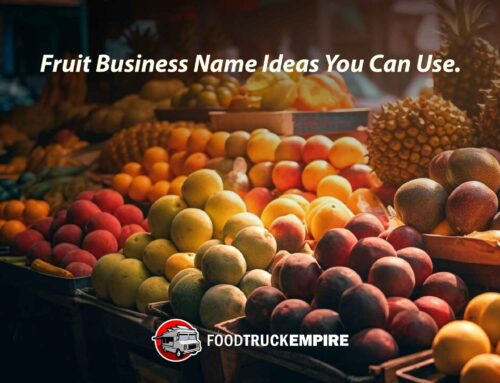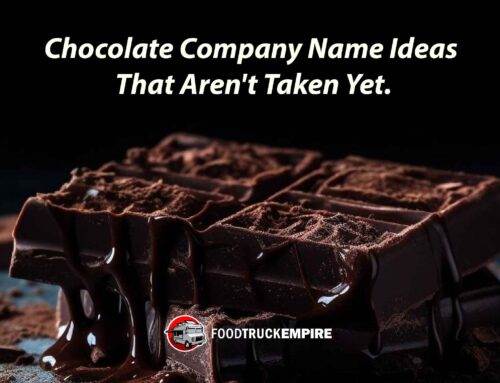Finding a reputable co-packer that you trust is probably the most difficult part of the food production process. As you’ll soon discover, you can’t work with just any co-packer.
They have to have the right equipment, be priced right, and you have actually like the people who make your product. Sounds stupid, but believe me, being friends with your co-packer pays in spades when you’re in a jam.
The search to find the perfect co-packer is a long, detailed process. It’s near impossible to even know the companies that copack in your area. Sure, you could do a quick Google search, but often times copacking companies are hiding in the weeds (plus, they’re not exactly pros at search engine optimization). That’s why I’ve got a few ideas to help you find your co-packer inside this post. Download The Complete Guide to Profitable Co-Packing here.
Three Ways to Find a Co-Packer in Your Area:
As I said above, finding a copacker isn’t as simple as a Google search. The two copackers I’ve used have both been found by word of mouth. Yes it still works! Here are a couple avenues you can take to start making a list.

Finding a co-packer for your food business isn’t always easy.
1. Ask other food producers
This is how I found my copackers. I simply struck up a conversation with other food producers, either at events or farmer’s markets. It’s not like it’s a secret or anything. Food producers will tell you where their product is made. After all, it gets them in good graces with their kitchen manager.
But, there’s a right way to approach this. Don’t just walk up to a producer and ask “Where is your product made?” that’s like walking up to a girl in the bar and kissing her before saying hello (Ok, maybe not, but you get the idea).
Engage in conversation. Ask them about their process, when they started, their favorite flavor, what they’ve learned in the industry. Get to know them for a little bit. Then, when you feel you have a certain level of trust, ask about referrals (not only about co-packing, but ingredient suppliers, packaging suppliers, etc).
Related Reading: Download My Food Business Model Canvas with Template
This helps the other producer feel comfortable. Plus, they may actually produce in their own kitchen. And, they may not have considered copacking for other people as another revenue source. It’s not ideal because it takes away from their time to market their company, but it could be an avenue to larger equipment to meet demand and then phase over to co-packing product.
If they do use a co-packer, you’re in luck!
Many food producers speak highly of their co-packer and happy to refer you. Why would they do that? They might get a referral bonus! With my second co-packer, the hot sauce vendor who referred me got a couple free cleanings (Yep, he makes the kitchen quite messy).
How to make the co-pack referral work for you:
- Ask for their company information (or just take a business card)
- Ask for the co-packers information
- Get a general idea of how they operate. That way, you already have questions.
- Follow up that day or the following day post three sticky notes if you need to. Don’t forget!
- Follow up again if you don’t hear back within 35 business days. (Yes, seriously)
Further in the guide, you’ll learn how to handle the first co-packer meeting and what questions to ask. For now, we’re still trying to find you a co-packer. Let’s make that job one (or, if you want to, speed ahead to the section about visiting copackers for the first time).
Let’s explore the next way to find a co-packer: industry websites.
2. Look on food industry websites

The search for a partner continues.
There are numerous industry websites to find a co-packer (and learn a TON about running and growing your food business). Here are a few links to industry sites with multiple conversations on finding a copacker.
- Cornell School of Food Science
- SpecialtyFood.com
- Nebraska Food Processing Institute
- NC State University Food Science Extension
These may not be in your location, but many of these sites have forums you can post on to find a copacker closer to you. Regardless, bookmark these sites so you can refer back to them. They provide a great avenue for you to meet other food producers and ask questions about starting, running, and growing your business.
If all else fails you can also conduct searches on Google for phrases like “copacker near me” or “copacker town name.” These results will give you another opportunity to find a match.
3. Contact your state agriculture department

Contact your state’s agricultural website for more support.
You’ll notice a couple of those links above are links to state agriculture departments that have specific food processing programs. These are goldmines of information. The team of employees at the state level know almost everything there is to know about food business including finding a co-packer. They’ll be glad to help you out.
Here are a few links to the most popular state agriculture departments:
Ask for the person who works with small food producers. They’ll know exactly what you’re going through and give you the resources to build your food business not just help you find a co-packer.
What if you can’t find your department of agriculture or they’re low on available resources?
Your next best bet is to work with the small business administration.
There are local chapters all over the place, plus the counseling is 100% free. Here’s a list of all the small business development centers in the nation. Get in touch with your local chapter. They’ll get you set up with an advisor.
Why work with an SBDC advisor?
They know the landscape. They’ve likely worked with other food producers facing the same problems, and they have a network that extends far beyond just family and friends. If they don’t know where you can find a co-packer, chances are they have a client who can.
Bottom line: take advantage of state agencies. It’s free like zero dollars. They offer tons of resources, free advice, and someone to talk things through with.
As you navigate the crazy world of co-packing, it’s nice to have someone to listen to your challenges and help you make a decision. Plus, the SBDC folks are good with numbers, so they’ll make sure you’re making money, too. Always a plus.
After all of this talking with state agencies and figuring out where other food producers make their product, you may not end up with a copacker to make your product.
What happens if you still can’t find a co-packing space?
Take a deep breathe. Maybe you found a co-packer but they’re not ready for you or don’t have the space in their production schedule. This is often the case with co-packers who have anchor tenants (large food producers who pay to keep the space open rent, lights, etc. But, that’s because they’re there a lot producing their products. They are supported by a bunch of small producers (like you) who take up the remaining time the kitchen sits idle.
You Might Like This: How I Sold Over 1 Million Protein Bars
Whatever the reason is you don’t find a co-packer, it’s not the end of the world. There simply might not be an appropriate space in your area. It’s entirely possible co-packers are at their max in regards to the number of products they can produce. And getting a bigger facility doesn’t exactly happen overnight.
So, where does that leave you?
You could start your own co-packing kitchen, but then you’d be a co-packer not a food producer. My current copacker is balancing time between making other products (like mine) and finding the time to keep shelves stocked with her own product line, too. It’s a delicate balance I’m sure you don’t want to get into.
Opening your own facility is off the table… What’s next?
Turns out you might have to get creative. There are tons of options to make large batches of product to meet demand. While not the subject of this guide, lets quickly look at a couple of them:
1. Church kitchen
Depending on what you’re producing, church kitchens are a great place to make larger quantities of product. There won’t be a filler or labeling machine, but you get access to a statecertified commercial kitchen.
2. High school (or any school) cafeteria
I’ve been in my fair share of school cafeterias and they rival any other kitchen establishment I’ve seen. Just like churches, the equipment is limited. Plus, you may not be able to produce certain products because of allergies. But, you may be able to get in here for free. It’s worth a shot.
3. Restaurant (after hours or mornings)
I know several food producers who produce after local restaurants have closed their doors. It’s called the graveyard shift. While it’s obviously not ideal, some food producers love to make their product so much that they’ll make it in the wee hours of the morning before the restaurant opens for breakfast. Have you thought about asking a local restaurant to use their kitchen? Nothing ventured, nothing gained.
4. Shared Kitchen or Cloud Kitchen
Is there a shared kitchen in your area where multiple producers share the space? There are several here in Vermont and throughout the northeast. They may be a great stepping stone for your business while you reach a certain volume with your product. See the tips above regarding asking producers about a copacker to find a shared kitchen in your town (or at least close by.)




